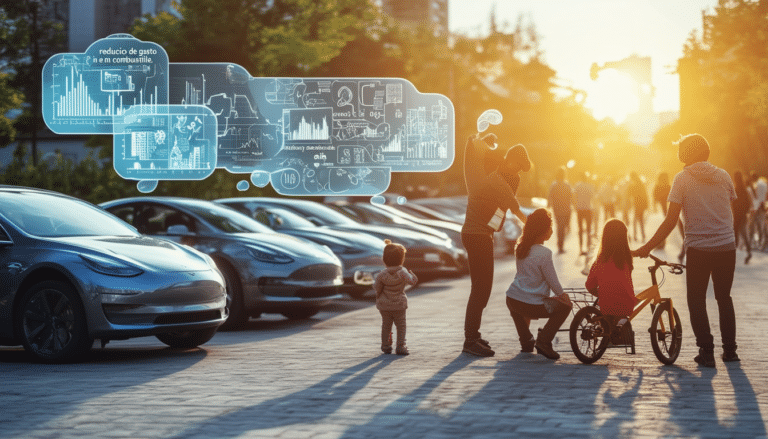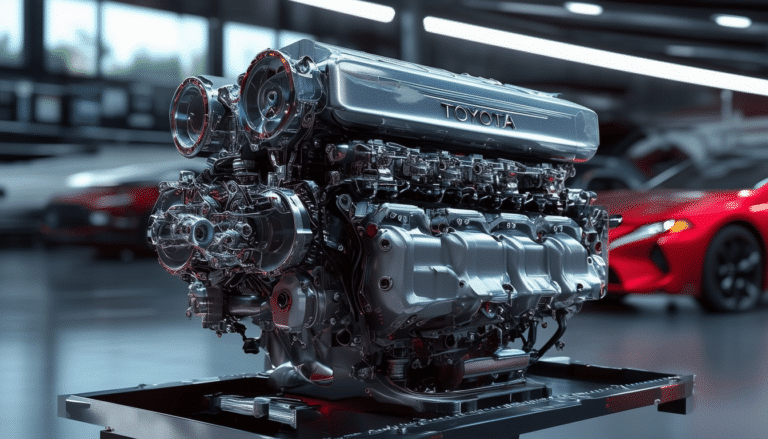Is it necessary to warm up the engine before driving in winter in the U.S.? Here experts explain it to you
During the winter months, the idea of leaving the engine running before driving is a common practice among drivers in the United States. With temperatures dropping below 0℃ (32℉), many believe that this ritual is essential for the optimal performance of the vehicle. However, automotive experts have challenged this deeply rooted belief, pointing out that, in most modern cars, this habit is not only unnecessary but can also be harmful to both the environment and the driver’s economics. Thanks to technological advancements, today’s vehicles are designed to operate efficiently from the moment the engine is turned on, even in extreme weather conditions.
Amidst low winter temperatures, many drivers wonder if they should warm up their engines before embarking on a trip. Despite being a common practice, automotive experts and organizations like AAA and the Environmental Protection Agency (EPA) state that this is no longer necessary due to technological advancements in modern cars. Furthermore, they explain that prolonged warming can be detrimental to both the environment and the vehicle’s performance.
The myth of warming up engines: Where does this belief come from?
Before the 1980s, cars were equipped with carburetors, which required a warm-up time in cold climates to operate efficiently. This component was essential for mixing air and fuel, and in low temperatures, its functioning could be deficient, causing the engine to stall unexpectedly. With the introduction of electronic fuel injection, vehicles automatically adjust the air and fuel mixture, ensuring optimal performance even in extreme cold. Still, many people continue to believe in the necessity of warming up the engine, a habit inherited from past generations.
What do environmental organizations say about this practice?
According to reports from USA Today and expert opinions from entities like the EPA, warming up the engine for extended periods is a habit that contributes to fuel waste and air pollution. The EPA argues that starting to drive immediately after turning on the engine allows the vehicle to reach its optimal temperature faster, reducing unnecessary engine wear and promoting lower emissions of pollutants.
Electric vehicles and their particularities in winter
Electric vehicles (EVs) behave differently in cold weather. Low temperatures can affect the performance of their batteries, significantly reducing their range. Experts recommend preheating both the battery and the interior of the car through mobile applications while the vehicle remains connected to a power source. This practice optimizes battery usage without affecting its available charge. For more information on how low temperatures affect consumption, see how to calculate your energy efficiency and save fuel.
Economic and environmental consequences of unnecessary warming
Allowing an engine to idle for several minutes not only consumes fuel inefficiently, but also incurs additional costs for drivers due to increased consumption. According to AAA, prolonged use of the engine without need can lead to premature wear of its components, resulting in expensive repairs in the long run. To understand the economic impact of these habits, it is essential to debunk the myths about fuel expense reduction. More details are available at myths about fuel expense reduction debunked.
Modern strategies for winter
Advancements in vehicle technology allow for efficient and environmentally friendly ways to face winter. For critics of energy efficiency and those seeking to implement best practices, it is crucial to consider effective measures both at home and during driving, informed by resources such as how to implement energy efficiency measures at home.
The Truth about Warming Up the Engine in Winter
In summary, technological advancements have significantly changed the way we should operate our vehicles in extreme cold conditions. While it was common to warm up the engine for several minutes in the past, this practice is no longer necessary for most modern cars. Electronic fuel injection systems allow engines to operate efficiently immediately, eliminating the need for a long wait before starting to drive.
Continuing the practice of warming up the engine can be counterproductive, not only from an ecological perspective, contributing to air pollution, but also economically. Leaving the engine idling consumes fuel unnecessarily and can wear down engine components, increasing the risk of costly repairs in the future.
On the other hand, in the case of electric vehicles, while preconditioning can be helpful in cold weather to ensure optimal battery performance, this can be done without harming the environment, given that EVs do not produce emissions in the process. Utilizing available technological tools for preconditioning represents an efficient and environmentally friendly solution.
As drivers face the low temperatures of winter, it is crucial to update and modify outdated practices, adopting approaches based on modern technology. This not only improves vehicle performance but also helps protect the environment and reduce operating costs.
For all these reasons, experts recommend reevaluating the customs surrounding warming up the engine in winter and following modern guidelines. Thus, drivers can ensure that their vehicles operate efficiently, economically, and responsibly with the ecosystem, facing the challenges presented by winter in a smarter and more sustainable way.





